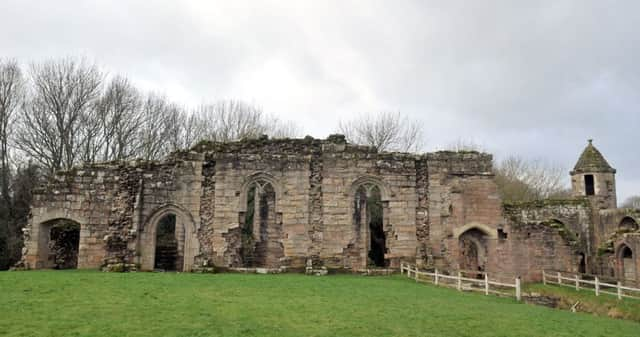Village focus: Spofforth's place in Yorkshire's Golden Triangle


Spofforth, a few miles north west of Wetherby and five to the south of Harrogate, sits on the River Crimple, a tributary of the Nidd, and services both centres and the more distant destinations of Leeds and York.
It was a farming village and its outskirts remain so – especially around the vast estate that gives the parish its official title of Spofforth with Stockeld.
Advertisement
Hide AdAdvertisement
Hide AdBut these days, it is commuter country – one of the many boltholes whose continued existence as distinct communities is at the heart of the county’s appeal.
It was in the 1960s that Wimpey put up some 40 new homes, changing and expanding what had been a close-knit little enclave.
There have been one or two small developments since, and of course infills, but nothing on the scale of the 72 homes on farmland at Massey Fold, at the eastern end of Spofforth, for which outline permission has now been granted.
“The fear is for traffic, and safety,” said June Geddes, vice chairman of the parish council.
Advertisement
Hide AdAdvertisement
Hide Ad“The access on to the A661 is very poor. If there’s a bus on the bridge, oncoming cars can’t get past.”
It was not, she added, simply a case of village Nimby-ism. “Spofforth is forward thinking. It welcomes new houses, and it has a school, shops and pubs that will welcome new residents, but there has to be a balance.”
The village’s reputation as a desirable place in which to put down roots dates back to a generation when the commuters came on horseback.
Henry de Percy, Baron Percy of Alnwick, laid the foundations for the squirearchy, putting up a fortified manor house known as Spofforth Castle. Rebel barons are reputed to have drawn up the Magna Carta there, in 1215. It was ruined during the Civil War but its considerable remains, managed by the council and English Heritage, continue to draw visitors.
Advertisement
Hide AdAdvertisement
Hide AdFlowers and forestry are among Spofforth’s specialities today. Under Hilary Chilton, the village was a two-time winner of a gold award in the annual Royal Horticultural Society Britain in Bloom contest, and the 2,000-acre Stockeld Park estate on the fringe of the village is home to Yorkshire’s largest Christmas tree plantation, as well as an adventure park. Now home to the Grant family, the pile was also once part of the de Percy portfolio.
It remains, said Mrs Chilton’s husband, John, a thriving community. But he added: “There’s no mistaking the wind of change blowing through it.”